| Version 6 (modified by , 10 years ago) (diff) |
|---|
Scaling Up: How to Grow the Topology of an Existing Experiment

1. Design the Experiment
|
2. Establish the Environment
2.1 Pre-work: Install geni-lib
- Install the
geni-libtool using the installation instructions for your operating system.
3. Obtain Resources
Now that you are a member of a project, you can create a slice and reserve resources.
3.1 Create a slice
|

Figure 3-1 Create a new slice. |
3.2 (optional) Renew your slice
Slices and the resources within them are reserved until their individual expiration times. Renewing allows you to extend the expiration time of your slice and the resources in them.
|
|
Slices and the resources within them have distinct expiration times. You must renew both the slice and the resources separately. |
|

Figure 3-2 Renew the slice. |
3.3 Reserve Two Virtual Machines at One Aggregate
The Portal is integrated with a tool, Flack, which allows you to draw topologies of GENI resources and then reserve them.
|

Figure 3-3 Launch Flack |
|

Figure 3-4 Flack after it has loaded. |
|
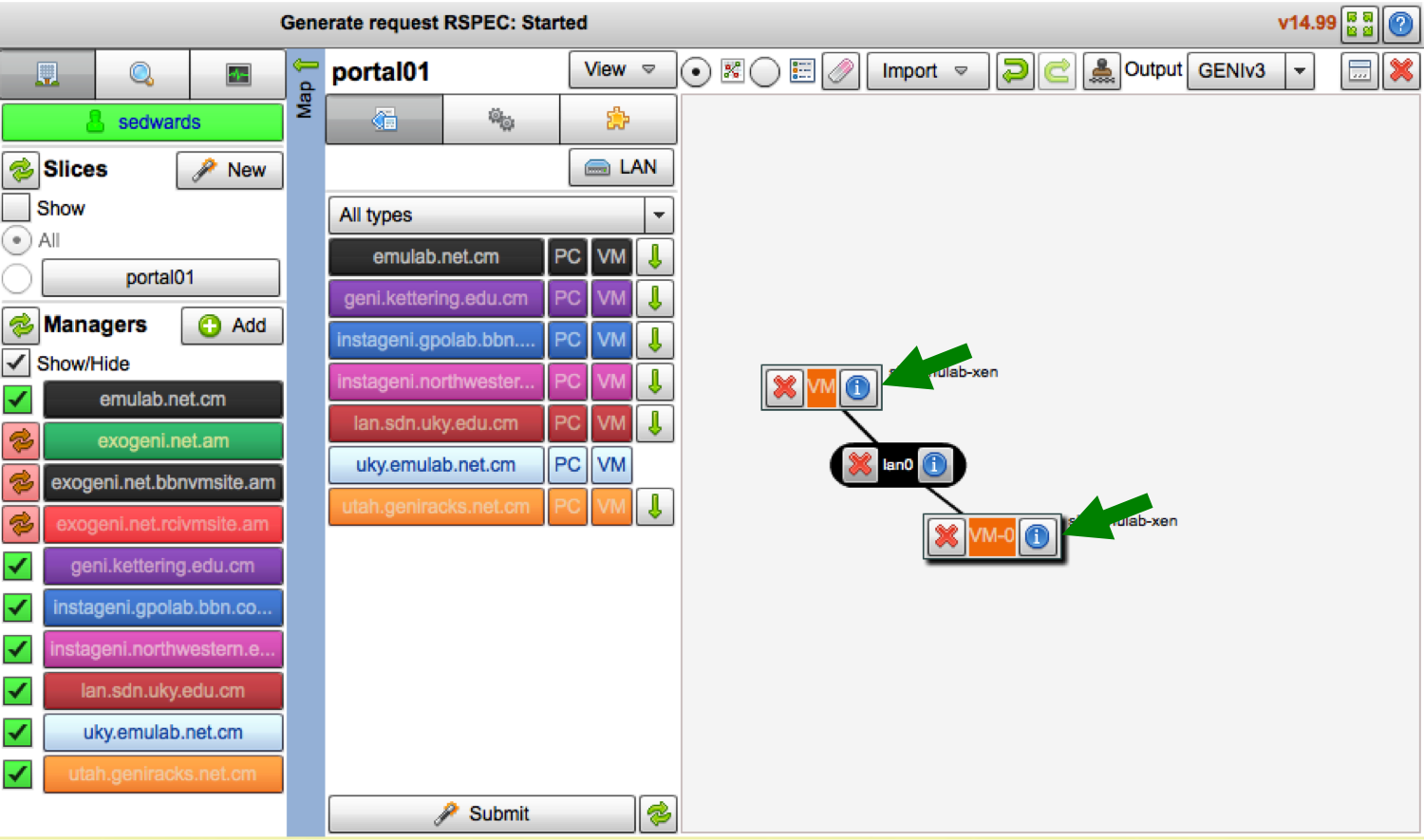
Figure 3-5 Two VMs connected by a link. |
|
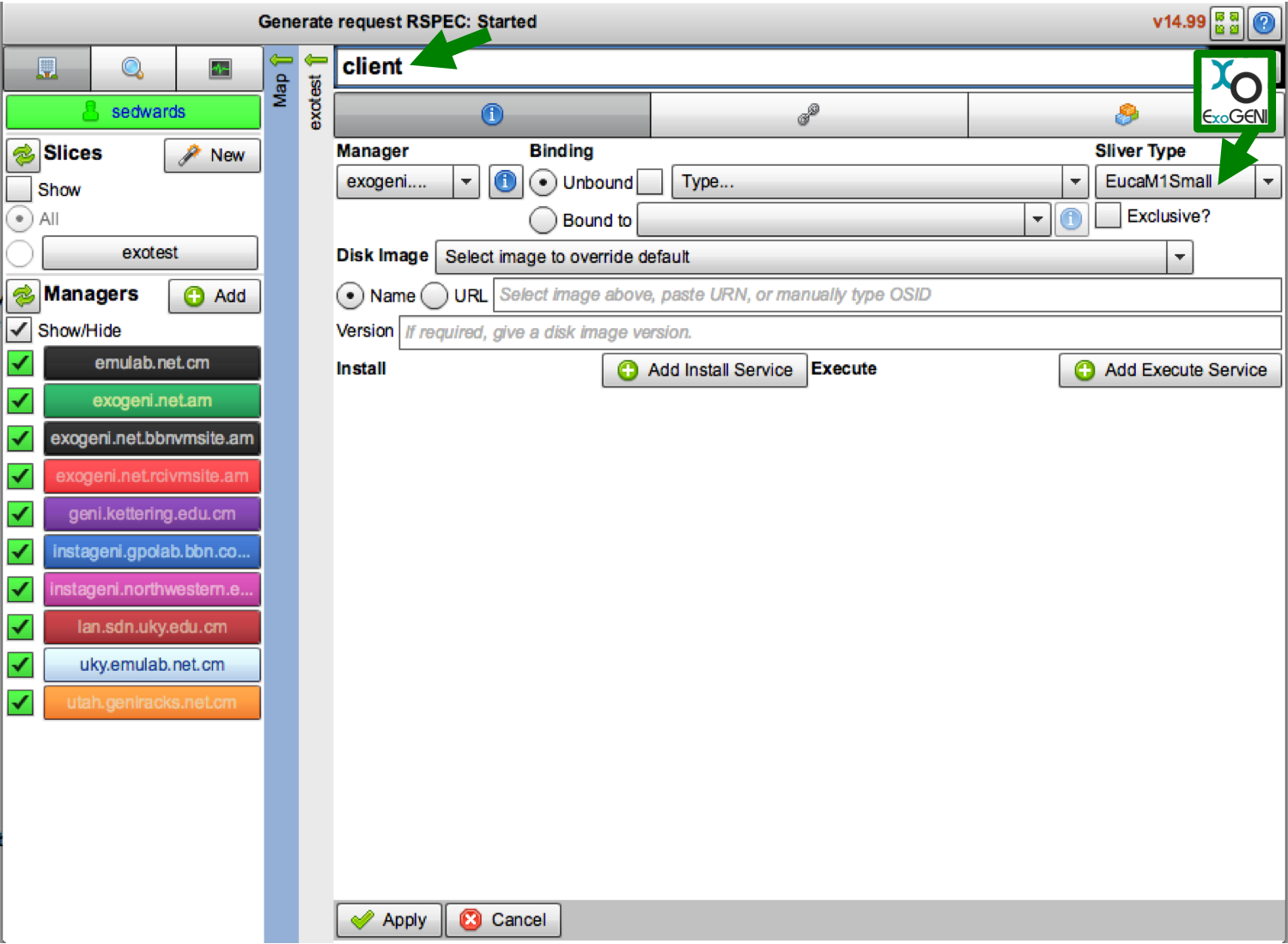
Figure 3-6 Edit the name of the VM. Set the Sliver Type on ExoGENI racks. |
|
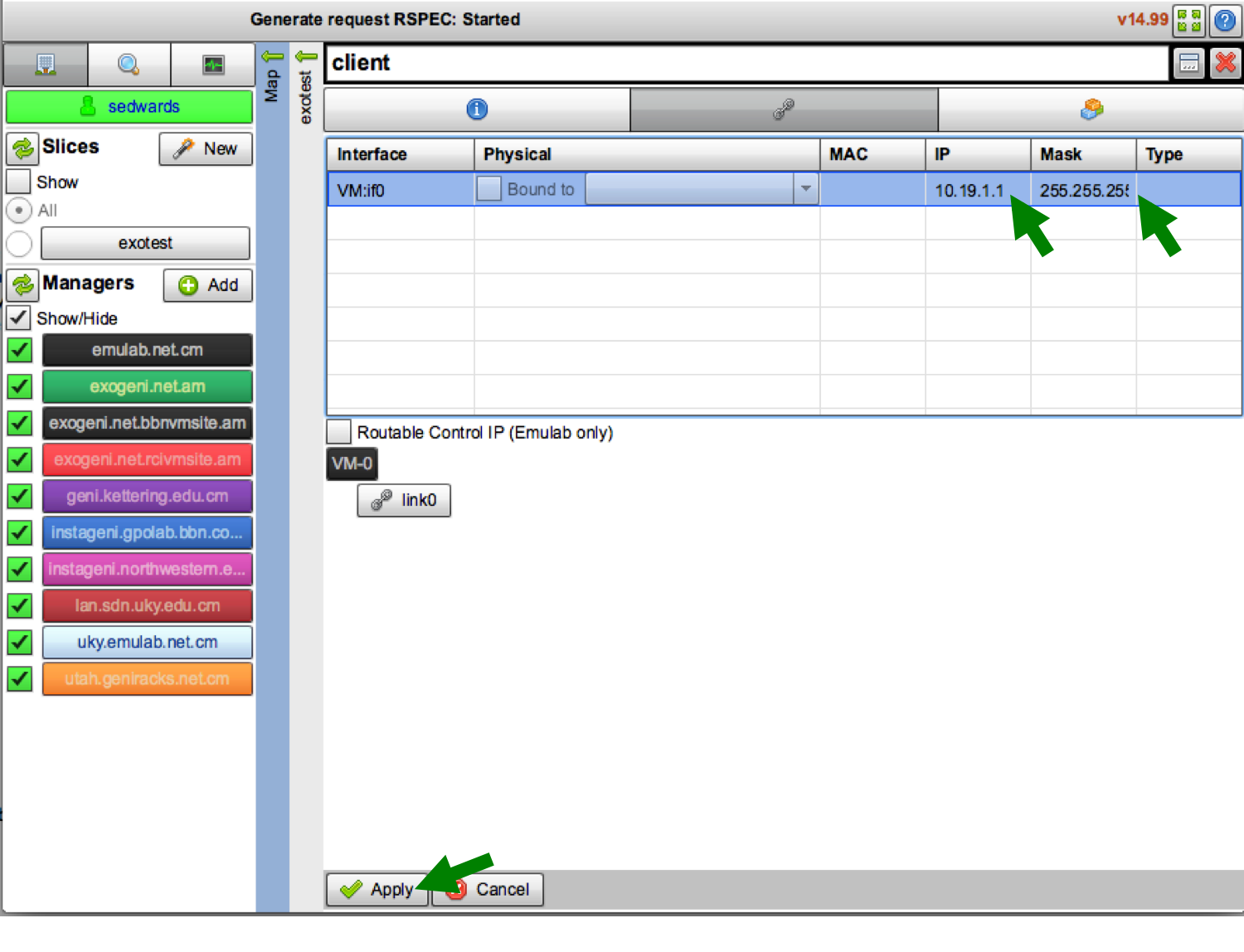
Figure 3-7 Edit the IP Address and Mask of the VM. |
|
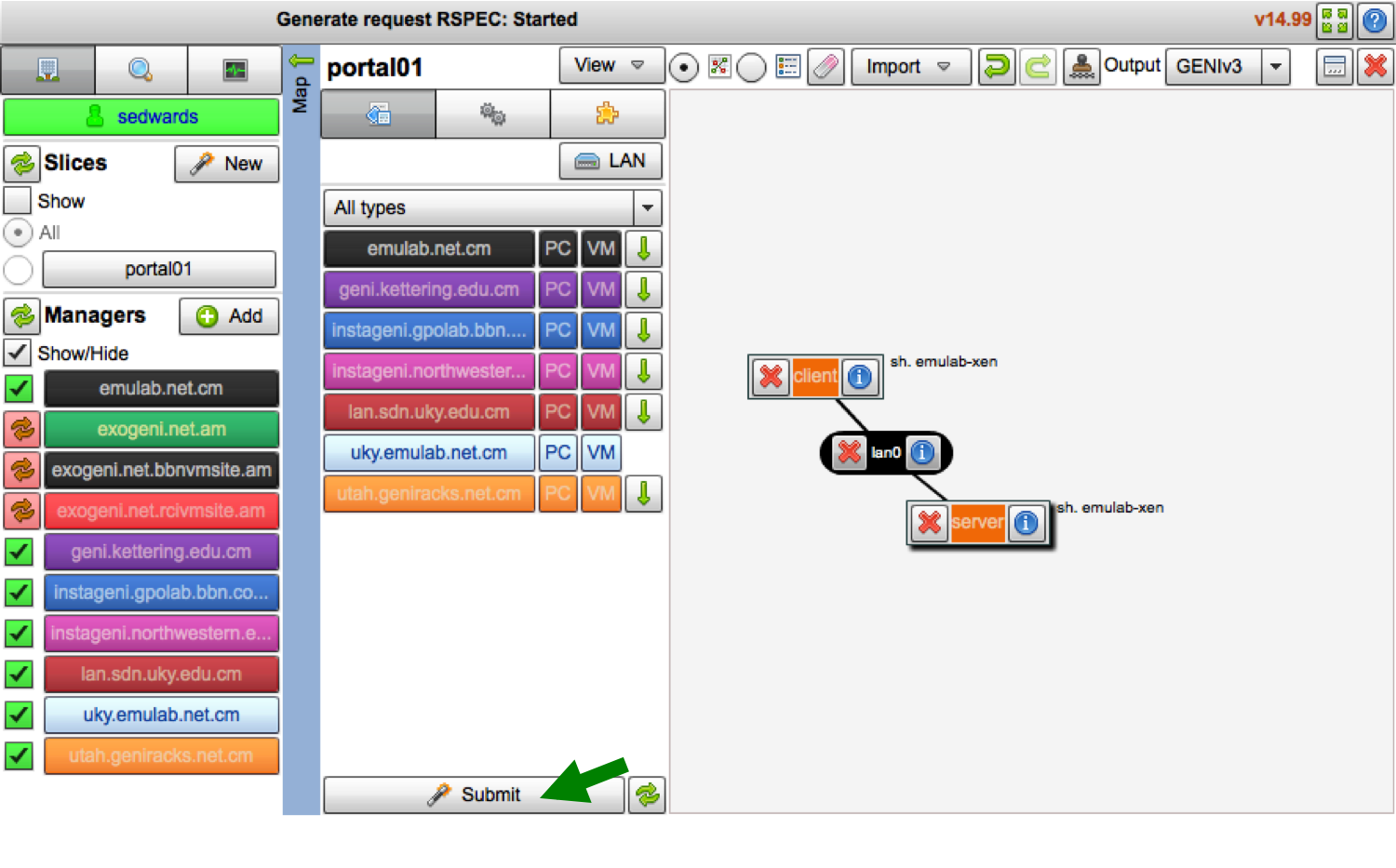
Figure 3-8 Two VMs connected by a link. |
3.4 Check Whether Virtual Machines are Ready to be Used
|
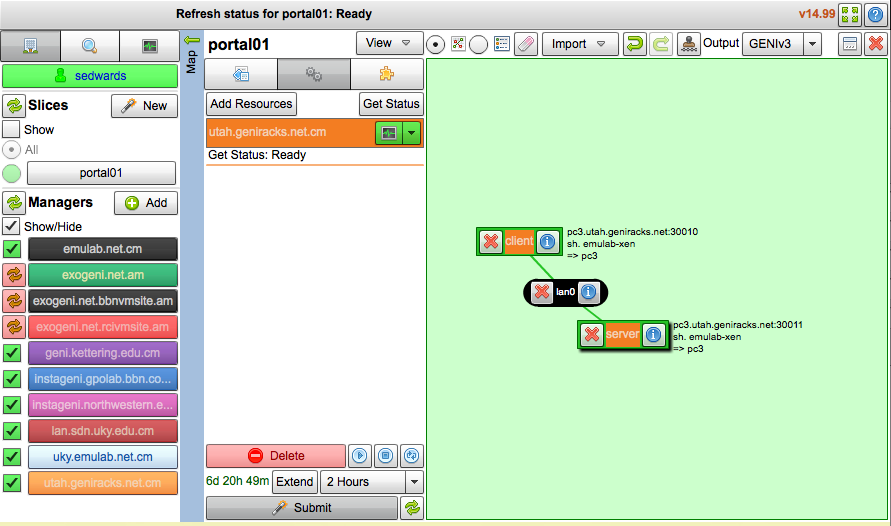
Figure 3-9 Reservation complete. Nodes are ready to login. |
